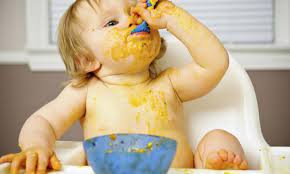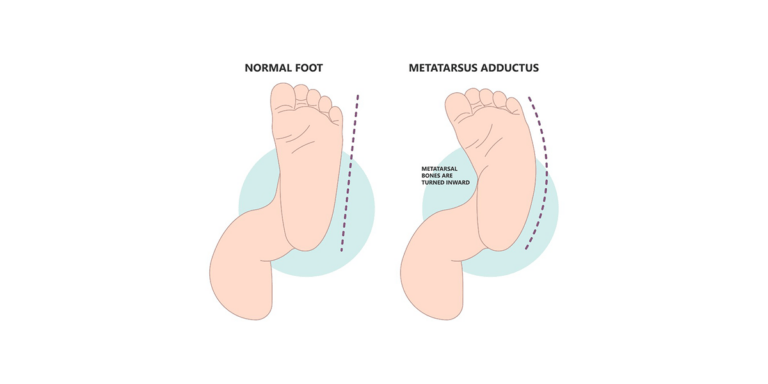Feeding & Nutrition: Expert Tips for Your 1-Year-Old (Dr. Maryum, Dr. Owais Rafiq)
- Dr Owais Rafiq
- September 28, 2023
- 8:52 pm

Introduction
Transitioning your one-year-old from milk to solid foods is an exciting and crucial step in their development. This blog provides practical tips for parents on how to navigate this transition successfully. From the timing of meals and portion sizes to the recommended food groups and feeding techniques, let’s explore the key aspects of introducing solid foods to your little one.

Transitioning to Solid Foods
At 1 year old, it’s time to gradually introduce a variety of solid foods alongside breast milk or formula. Begin with soft foods like mashed fruits and vegetables, finely chopped meats, and cereals. Start with small portions and gradually increase quantities as your little one gets accustomed to new tastes and textures.

Meal Intervals
Space out solid food meals throughout the day, allowing your child enough time to digest and develop a healthy appetite. Aim for approximately three to four hours between each meal.
Serving Sizes
Begin with small portion sizes and let your child’s appetite guide you. Offer a tablespoon or two of each food item and observe their hunger cues. You can gradually increase the serving sizes as your child’s appetite grows.

Food Group Portions
Ensure a balanced diet by including foods from various groups in appropriate portions:
| Food Group | Examples | Portion Sizes | Total Servings |
| per Day | |||
| Fruits | Sliced bananas, mashed | 1/4 to 1/2 cup | 1-2 servings |
| Avocado | |||
| Vegetables | Cooked carrots, steamed | 1/4 to 1/2 cup | 1-2 servings |
| broccoli, mashed potatoes | |||
| Grains | Cooked rice, whole wheat | 1/4 to 1/2 cup | 2-3 servings |
| toast | |||
| Protein | Cooked chicken, tofu cubes | 1-2 tablespoons | 1-2 servings |
| Dairy | Whole milk, plain yogurt | 1/2 to 1 cup | 2-3 servings |
| Snacks | Soft fruit pieces, whole grain | A small handful or 2 servings | |
| crackers | few pieces |
Feeding Techniques
- Allow your child to self-feed with their fingers or age-appropriate utensils. This encourages independence, improves motor skills, and promotes a positive relationship with food.
- Use soft and easily chewable foods to minimize the risk of choking. Cut food into small, bite-sized pieces.
- Be patient and encourage exploration, even if it gets messy. Let your child touch, play, and explore their food. This helps them develop their senses and learn about different textures and tastes.

Listening to Hunger Cues
Observe your child’s hunger cues and respond accordingly. Look for signs of hunger, such as increased alertness, reaching for food, or showing interest in what others are eating. Avoid pressuring your child to eat or forcing them to finish everything on their plate. Respect their appetite and let them determine how much they want to eat and this results in good health.
Also read, Feeding & Nutrition: Essential Tips For 2 Years Old
Embrace Messiness & Self-Feeding
Allow your child to get messy during mealtime. It’s a natural part of the learning process and helps them develop sensory and fine motor skills. Encourage self-feeding and provide age-appropriate utensils to support their independence. Offer foods that are easy to grasp, such as soft fruits, cooked vegetables, or small pieces of meat.

Food Allergies
Introduce new foods one at a time, closely monitoring your child for any signs of allergies. Common allergenic foods include eggs, nuts, shellfish, and soy. If your child has a family history of allergies or if you have concerns, consult your pediatrician for guidance.

Switching from milk to solid foods is an important milestone for your one-year-old. By following these tips, you can create a positive and enjoyable feeding experience while promoting healthy eating habits. Remember to listen to your child’s hunger cues, and let them explore and self-feed. Enjoy this exciting phase in your child’s development and consult with your pediatrician for personalized advice and recommendations.
Dr Owais Rafiq
Subscribe to Dr Owais YouTube channel
For parenting advice, child health, symptoms, causes and treatment of illness in children.





